As a key supplier for the aerospace sector for over 45 years, Peli has come to know quite a few aerospace engineers over the years. A few months back, we published an article on the differences between aerospace and aviation, two sectors that, although they overlap in many ways, are often erroneously thought of as one and the same. Be sure to check that one out if you haven’t already. In this post, we will go over the aerospace engineer and what they do in their jobs on the day to day.
What is the difference between aerospace and aviation?
The word aerospace is essentially a combination of two words: aeronautics and spaceflight. Therefore, aerospace deals with the design, manufacturing, and maintenance of aircrafts or spacecrafts and can be thought of as the science of flight within Earth’s atmosphere as well as outside it.
Aviation, on the other hand, has to do with mechanical flight and the aircraft industry. It is basically all things aeroplane-related within Earth’s atmosphere.
What does an aerospace engineer do?
Having gone over briefly aerospace and aviation, we can move on to the people that make flight possible: the aerospace engineer.
A very loose description of what an aerospace engineer does is the designing of aircraft, spacecraft, satellites, and missiles. Additionally, they create prototypes for testing to ensure that their innovations function according to design.
Although, the above is the major function of an aerospace engineer, they have a number of other duties.
One of their other typical duties is to assess project proposals for feasibility, both technically and financially. They must also determine if the project can be done safely while reaching its defined goals.
Aerospace engineers can also often be thought of as project managers themselves. They must assess their project designs, making sure that they meet engineering principles, customer requirements and environmental regulations. Additionally, they must develop acceptance criteria for the design methods, quality standards, sustainability after delivery of the project, and lastly determine dates for deliverables and completion. This also implies that they must ensure that their projects meet quality standards.
Lastly, they are not limited to only creating new products. They are often also responsible for inspecting products that may be malfunctioning or damaged, identifying the sources of the problems and devising possible solutions.
What types of devices do aerospace engineers develop?
So, what exactly do aerospace engineers design and develop? They develop new technologies for use in aviation, defence systems and spacecraft. Additionally, they develop finished products such as commercial and military airplanes and helicopters; unmanned aerial vehicles (UAVs) and drones; spacecraft, which also includes the launch vehicles and satellites; and weapon systems such as military missiles and rockets.
In what areas do aerospace engineers specialise?
Aerospace engineers often specialise in areas such as structural design; instrumentation and communication; robotics; aerodynamic fluid; guidance, navigation, and control; and propulsion and combustion.
They can also become experts in related fields such as aerodynamics, celestial mechanics, propulsion, acoustics, flight mechanics, guidance and control systems.
Although we have already established that aerospace and aviation are different, aerospace engineers will also often specialise in one of two different types of engineering: Aeronautics, which is associated with aviation, and Astronautics, which is associated with aerospace.
An aeronautical engineer is the one that works with aviation and, thus, aircraft. They are largely involved in designing aircraft and propulsion systems as well as studying aerodynamic performance of aircraft and the materials used in their construction. Given they are involved with aviation, this means they primarily work with the practice of flight within the Earth’s atmosphere.
Astronautical engineers on the other hand deal with the spacecraft; its science and technology and its performance inside and outside of Earth’s atmosphere. This work can include spacecraft, the ships themselves, as well as satellites, large and small.
Although there are different environmental and operational issues in the design of aircraft versus spacecraft, the two fields of aerospace engineering overlap quite a bit and, of course, they both depend on the basic principles of physics.
With all of that said, Peli is dedicated to helping the aviation and aerospace industries with superior protection for the industry's many technological innovations.
Peli Products produces a wide range of impact-resistant, watertight, airtight, dustproof, and chemical resistant cases that are ideal for the protection of aircraft components and aerospace engineering tools.
They are also available in unlimited bespoke case solutions and configurations. With experienced design engineers, testing labs, and a team of dedicated experts, highly technical, fragile equipment will be protected with a Peli Custom Case Solution. Peli engineers determine the most effective design and the best combination of materials for said equipment.
Download a free guide to Peli’s advanced case solutions for aerospace and aviation professionals below:





.png)

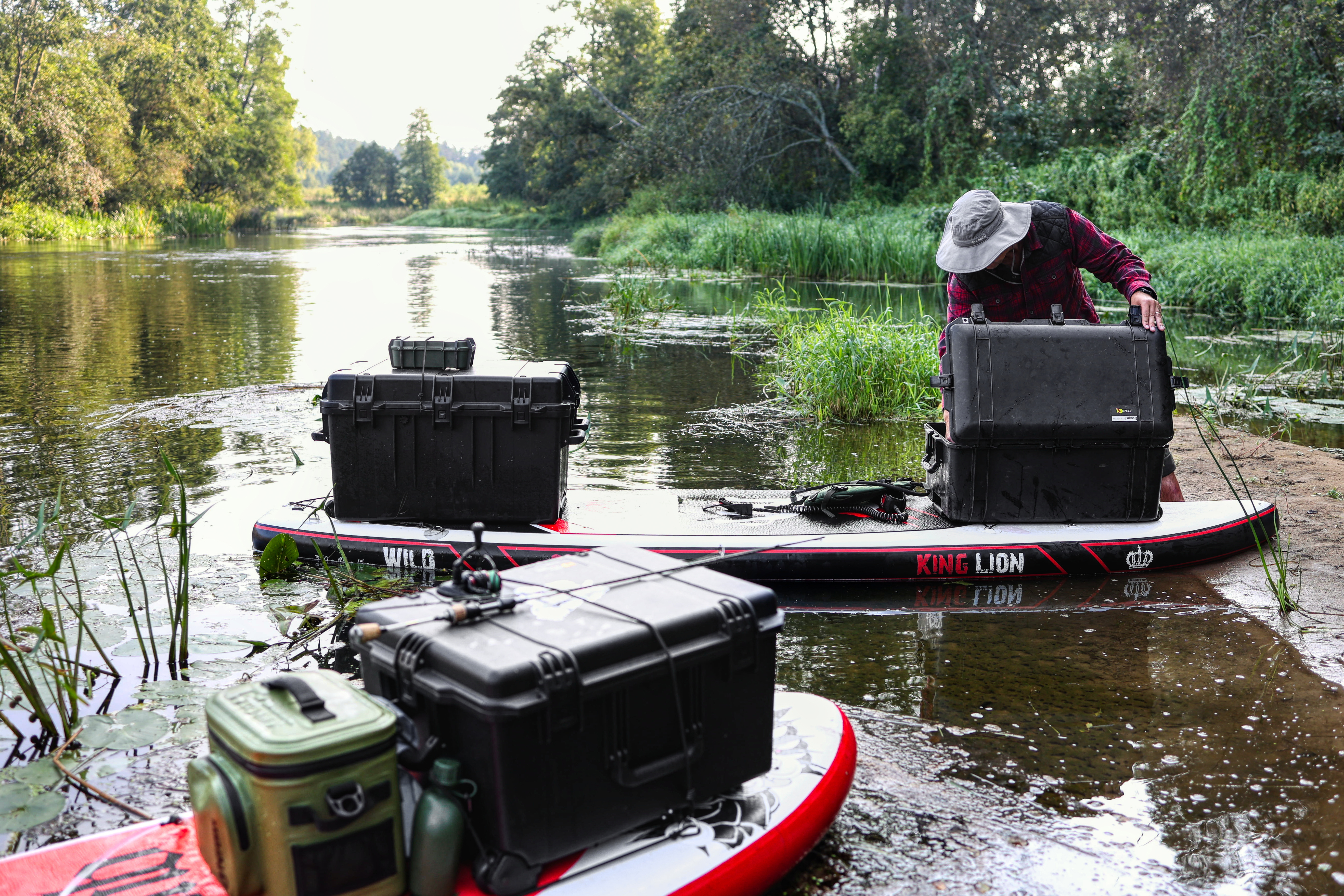
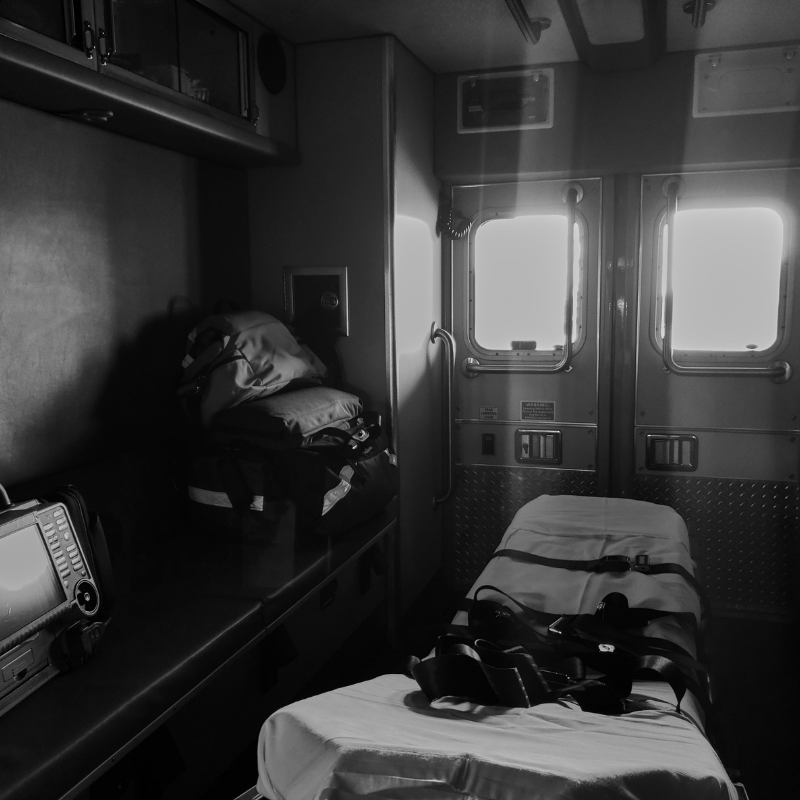


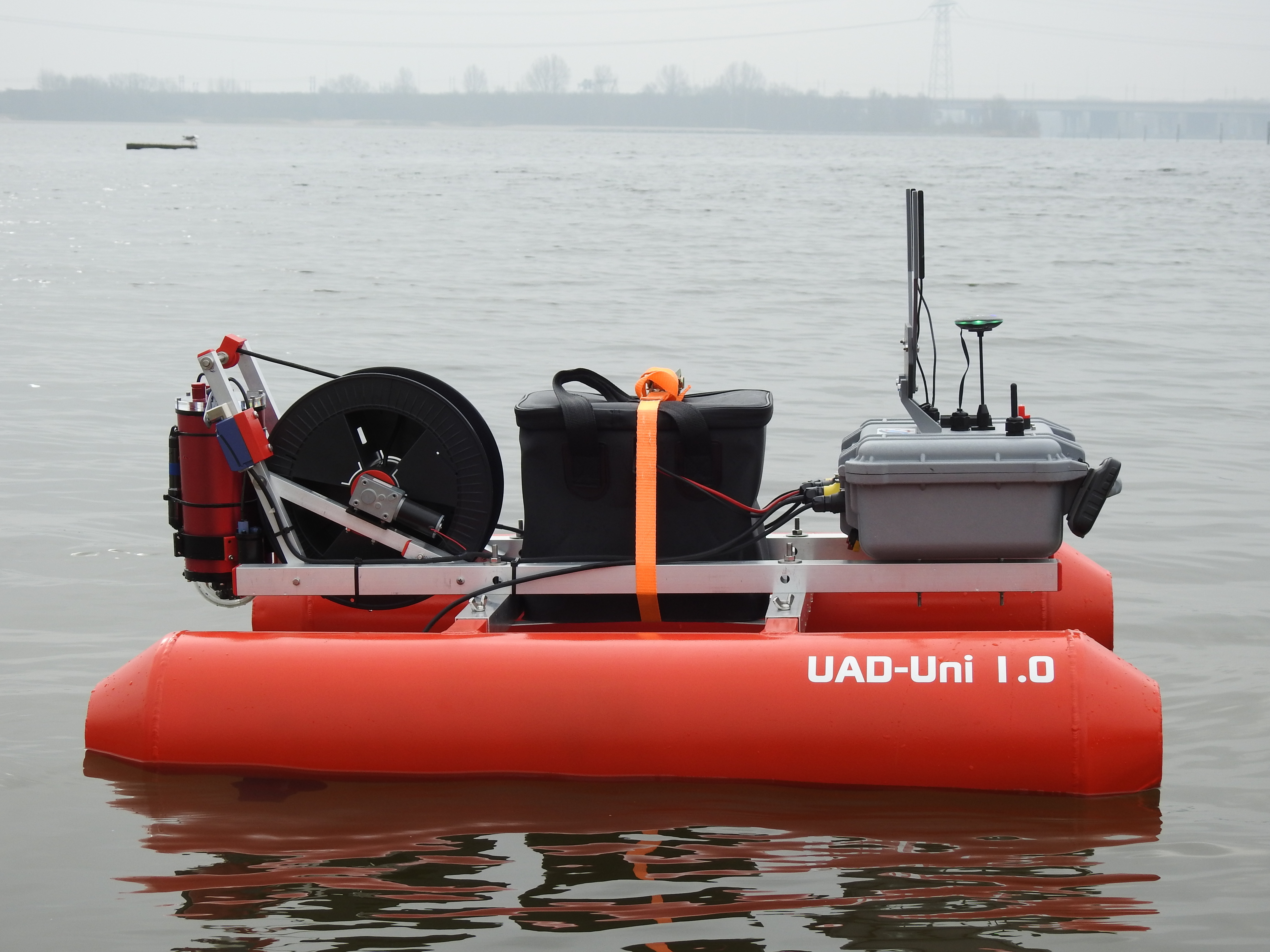
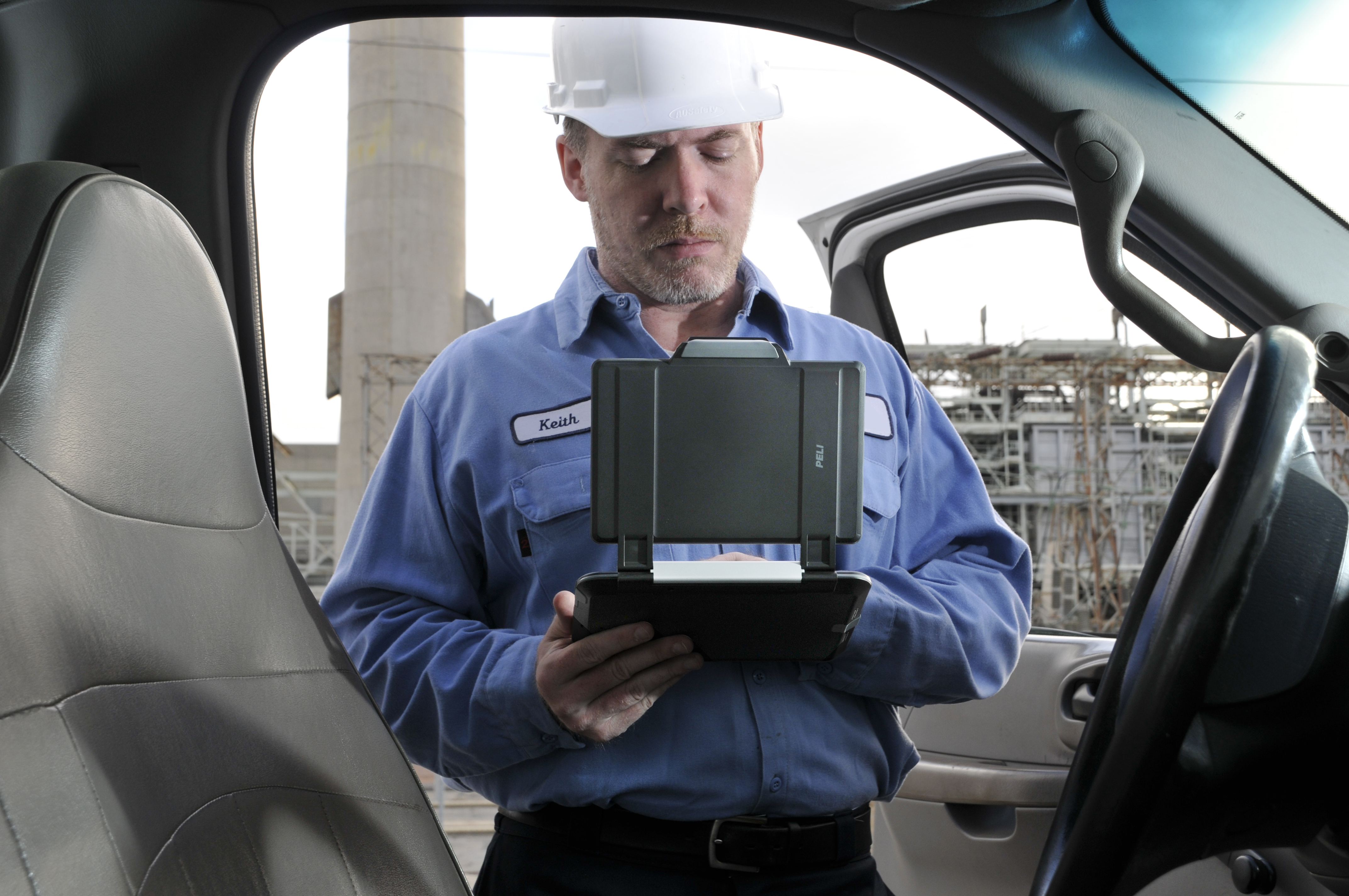
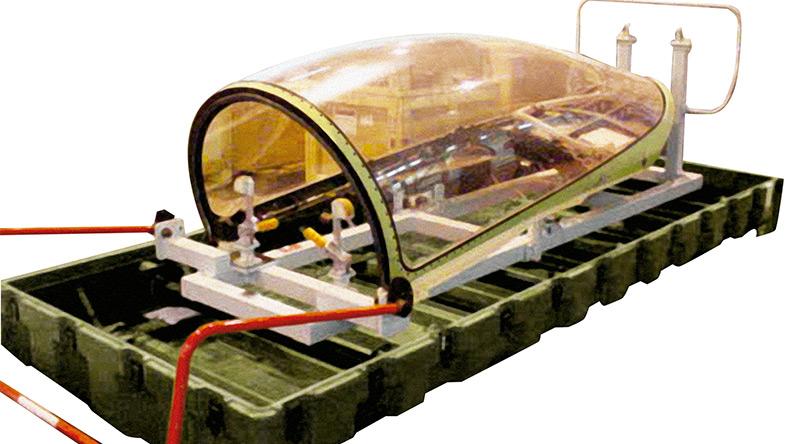

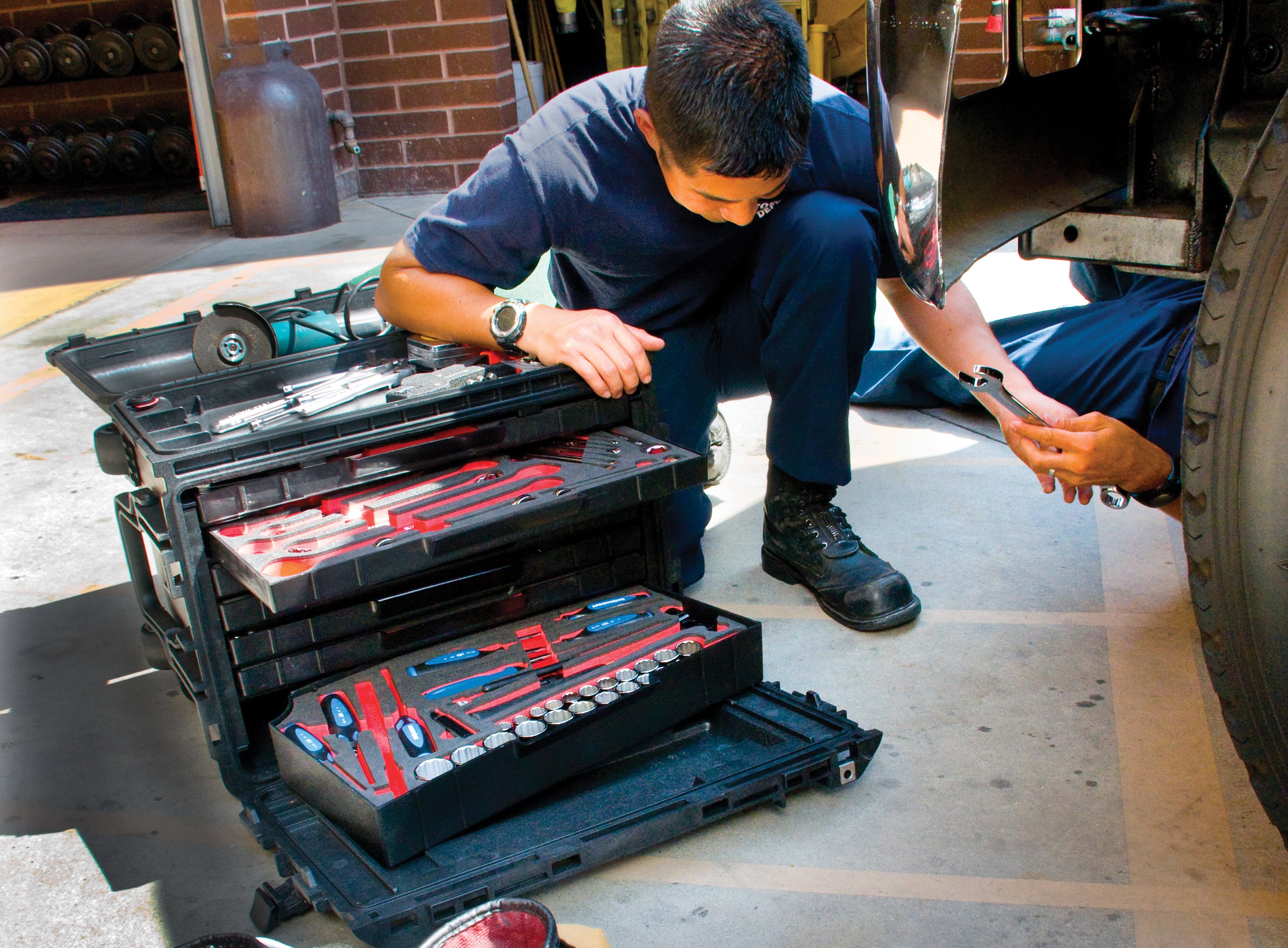
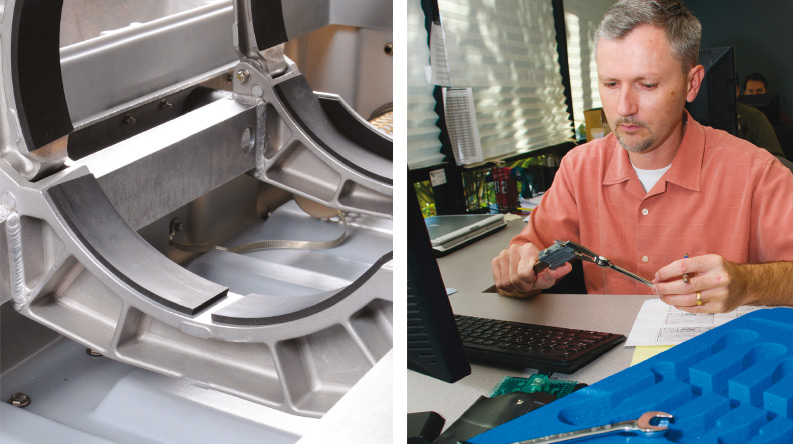
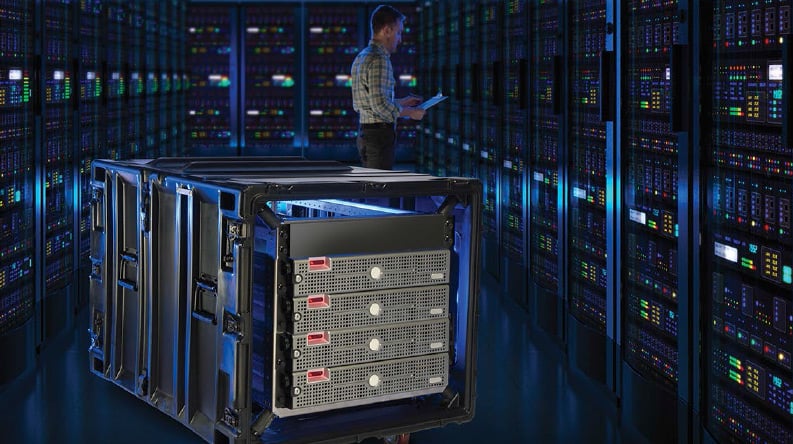
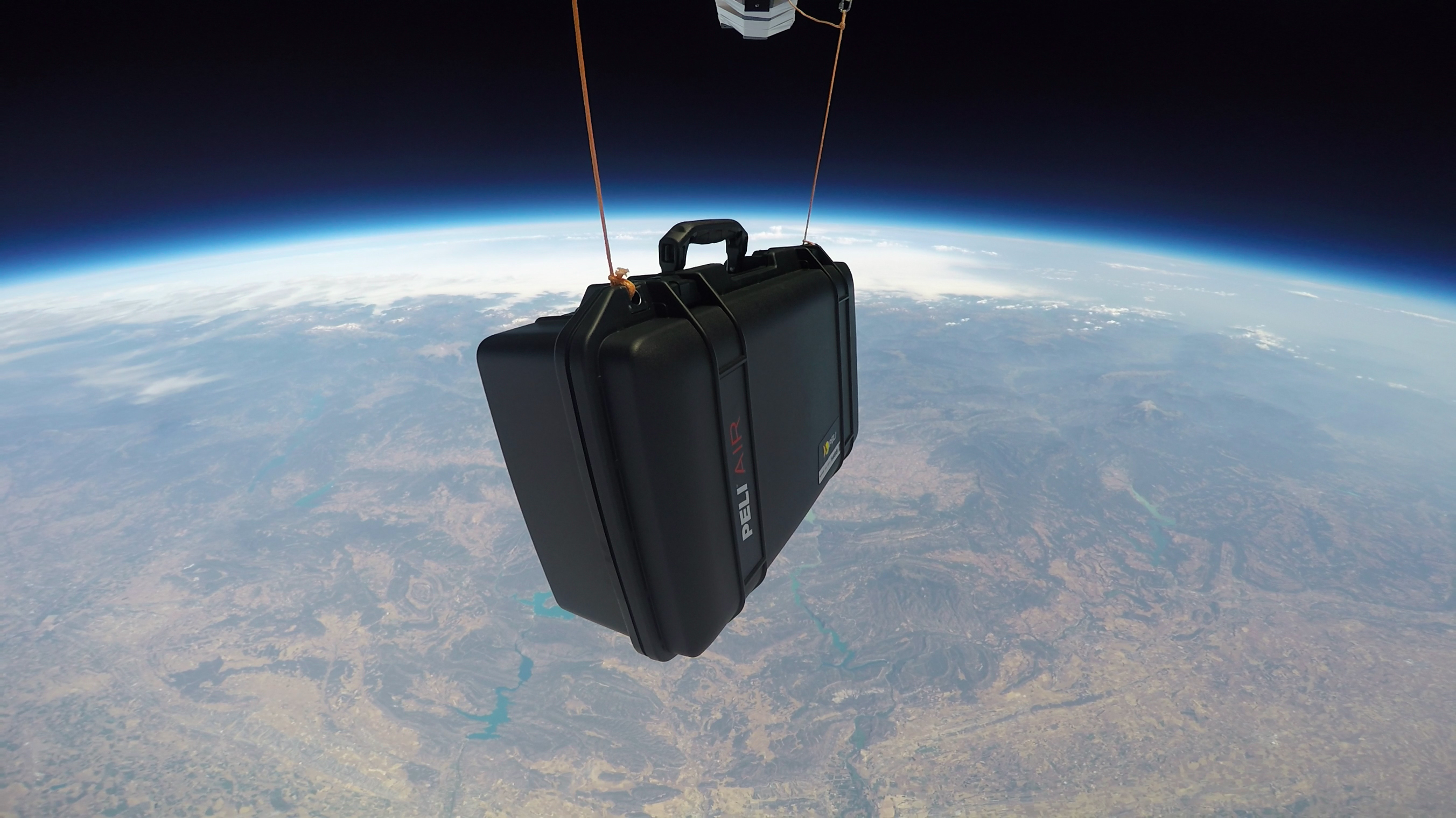
Post a comment